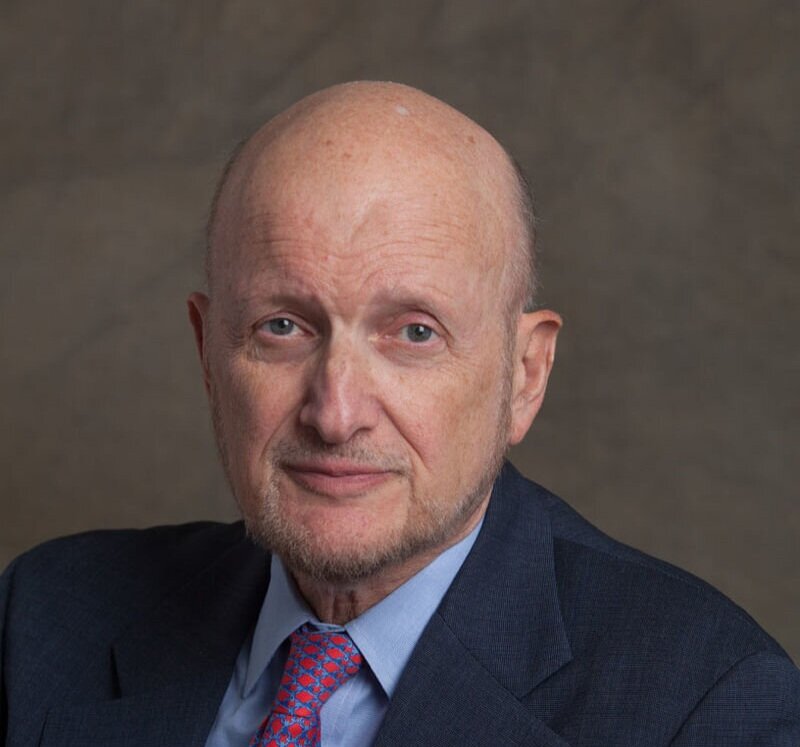Architect of NYC hospital closures says city still has ‘plenty of hospital beds,’ despite coronavirus crisis
/New Yorkers wait to be tested at Elmhurst Hospital in March. Until 2009, there were two hospitals in Elmhurst. AP Photo/Mary Altaffer
By David Brand
The investment banker who chaired a state cost-cutting commission that initiated a wave of hospital closures in New York City maintains that there are still enough beds to serve patients in need — even as the city and state scramble to build makeshift medical centers to fight the coronavirus.
In 2005, Stephen Berger was tapped by then-Gov. George Pataki to lead the Commission on Health Care Facilities in the 21st Century, a panel tasked with identifying ways to reduce state medical spending.
The task force, which came to be known as the Berger Commission, recommended restructuring 50 hospitals across the state and completely shutting down five sites in New York City, including Parkway Hospital in Forest Hills.
The Berger Commission concluded that unprofitable hospitals had to shut down or get absorbed by larger medical systems, precipitating a spate of closures throughout New York City over the next decade. The hospital shutdown plan has faced renewed scrutiny as the city and state build temporary hospitals in a race track parking lot, a tennis stadium and a convention center (It was assailed by local communities and healthcare experts from the very start).
Nevertheless, Berger said he stands by his commission’s report.
“Number one, we don’t need more hospital beds in the region,” he told the Eagle. “We have plenty of hospital beds.”
Berger’s contention contrasts what Gov. Andrew Cuomo, who has presided over his share of hospital closures, has said throughout the coronavirus crisis. New York had 53,470 hospital beds when the coronavirus first began to kill New Yorkers — about half of what the state said it needed to adequately care for residents with COVID-19.
In Berger’s view, the real problem is a lack of coordination.
“What we don’t have — we have seven separate hospital systems, which do not know how to coordinate or, in an emergency, [serve] as a single delivery system,” he said.
Stephen Berger chaired the commission that recommended closing five New York City hospitals in 2006. Flickr Public Domain
Those hospital systems include New York City’s Health and Hospitals Corporation, NewYork-Presbyterian Hospital, Mt. Sinai, Northwell Health, New York University, Montefiore and the State University of New York.
“Health and Hospitals, the State University system, they have plenty of beds, we don’t need new beds,” Berger added. “We could have organized the seven systems in a rational and reasonable way to provide plenty of capacity, but it wasn’t done and it’s still not being done today.”
Berger said he does not regret the commission’s recommendations or their devastating impact on city hospitals. He has in the past advocated for closing even more hospitals.
“We said the commission was supposed to be the first stage and what you needed was to take a look at the overall health delivery system and think of it as an overall health delivery system — we tend to think of the health delivery system as the hospital system,” he told the Eagle.
The report’s recommendation to improve preventive and primary care, particularly in low-income neighborhoods, was not heeded. Today, residents of those very neighborhoods, including Elmhurst and Corona, have been the hardest hit by the coronavirus.
“We only had 18 months,” Berger said of the commission. “If we had more time and more authority …”
He trailed off.
“We directed it at the acute care system.”
Since 2000, the state has lost 20,000 hospital beds, the New York Post reported last month.
Three Queens hospitals — Parkway in Forest Hills, St. John’s in Elmhurst and Mary Immaculate in Jamaica — closed in a nine month span between 2008 and 2009. A fourth, Peninsula Hospital in Far Rockaway, closed in 2012.
Today, just eight overburdened hospitals remain in Queens, the borough with the least beds per capita in the city and the epicenter of the world’s COVID-19 crisis. Another hospital, Wyckoff Heights, is located in Brooklyn, a few blocks from the Ridgewood border. Long Island Jewish Medical Center in Nassau County is also near the border of Northeast Queens.
It didn’t have to be this way, said legendary health activist Judy Wessler, who has resisted hospital closures for decades.
She said the Berger Commission bears significant responsibility for the current strain on the city’s hospitals because the task force helped facilitate the closures and the mass consolidation of medical centers throughout the state.
“When you consolidate a community hospital into a larger institution, it’s guaranteed that 90 percent of the services will be closed,” Wessler said.
But cutting services, she said, also has a self-perpetuating impact by leading to “under-utilization” that further hastens complete closures.
Wessler said the quest to save money and close hospitals has had a dramatic impact on low-income New Yorkers, particularly immigrant communities in Queens. The shutdowns have also enabled corporations to squeeze more profit out of existing facilities, she added.
“It became private decision-making instead of public decision-making,” she said.
“It’s all about ‘What’s in the best interest of the corporation that runs the hospital?’ And that’s what we’re living through.”





